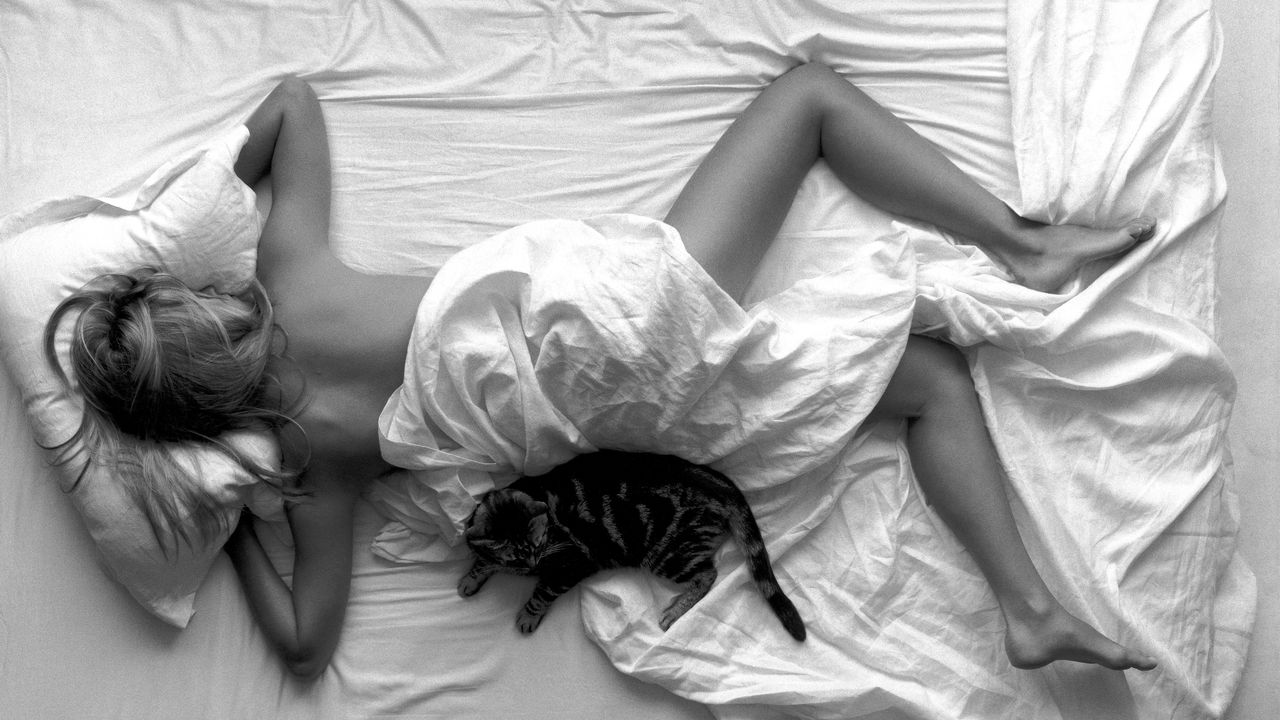
It’s 2 a.m. and you are half–asleep, scrolling through TikTok when a video that feels especially harsh and targeted shows up on your feed: Side sleeping is ruining your face. I fell for the “facial symmetry” trap—wondering if my side-sleeping position was truly to blame.
Facial symmetry has become an obsession online. Blaming your sleeping position is a neat theory with just enough pseudo–science to stick, and TikTok has never met a half-truth it couldn’t turn into gospel.
But here’s the reality: perfect symmetry doesn’t exist (not even Bella Hadid, Gigi Hadid, or Kendall Jenner have both-sides-of-the-mirror identical faces), and most of us only notice tiny differences when an algorithm points them out. Before twisting yourself in bed, remember it’s mostly time, gravity, and genetics at work.
So, is your sleep position really sabotaging your face, or is it just another beauty myth in disguise?
What experts say
“Your face is made up of bone, muscle, ligaments, fat pads, and skin,” explains Dr. Yash Mehta, founder and principal surgeon at ACSC. “In adults, the bones are fused and won’t move because of sleep position. So, sleeping on one side will not change your bone structure. Over the years, though, constant pressure on one side can contribute to subtle aging changes like looser skin, deeper lines, or earlier jowl formation. The ‘asymmetry’ you see is from soft tissue changes, not bones shifting.”
Dr. Geetika Mittal Gupta, founder of ISAAC Luxe, adds that it comes down to repeated compression of tissues. “Sleeping on one side can subtly shift fat pads, affect circulation, and contribute to minor imbalances. Think of how glasses leave a dent on the nose after years of wear. It’s not drastic, but pressure does leave an imprint.”
Back sleeping: cure or just another TikTok myth?
Sleeping on your back is often pitched as the solution, but it depends on what’s causing the imbalance. “If your asymmetry comes from bone structure, sleep position won’t fix it,” says Dr. Mehta. “Sleeping on your back may help reduce new skin compression lines over time, but it won’t reverse existing differences.”
Dr. Mittal Gupta adds that in the early stages, giving your face a break from daily pressure can allow both sides to relax evenly. Mild imbalances may improve with posture correction, massage, or facial yoga, but more visible asymmetry might need expert help. Your face never forgets those little daily quirks. Chewing on one side, slouching, resting your hand on your cheek, carrying a heavy bag on one shoulder, teeth grinding, or jaw clenching all leave their mark. Even the way you smile or talk shapes your face over time.
#SideSleeping #Face #Asymmetrical







